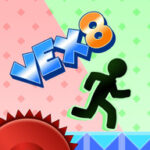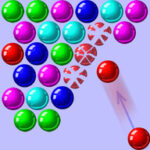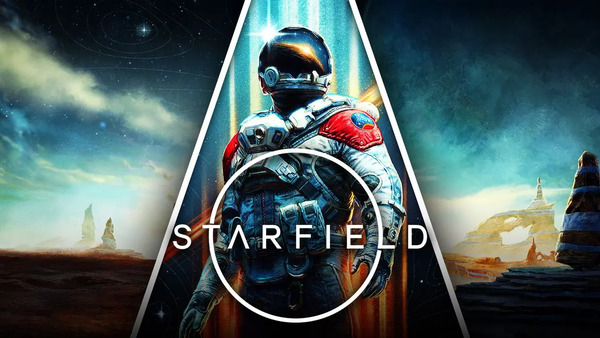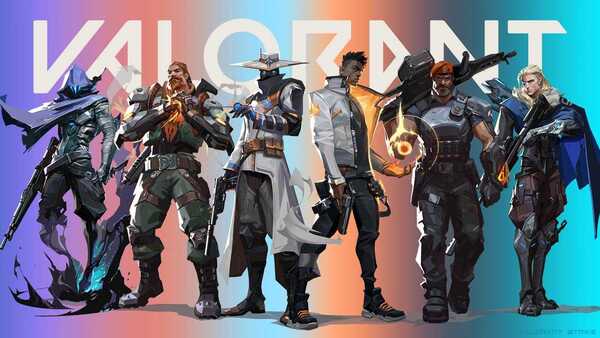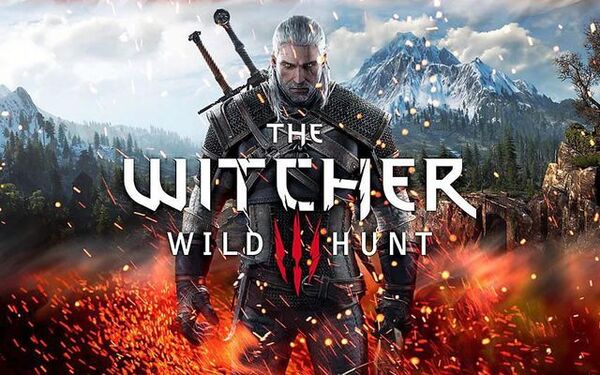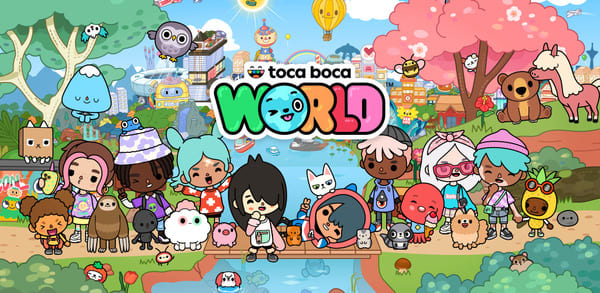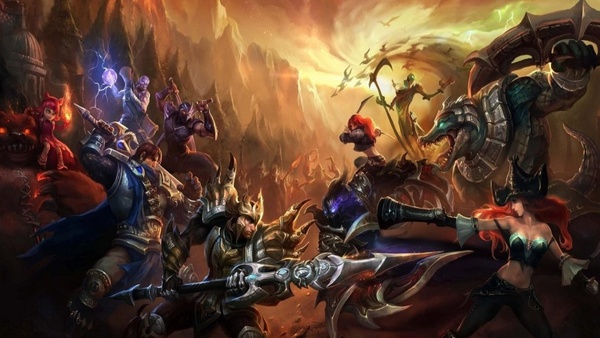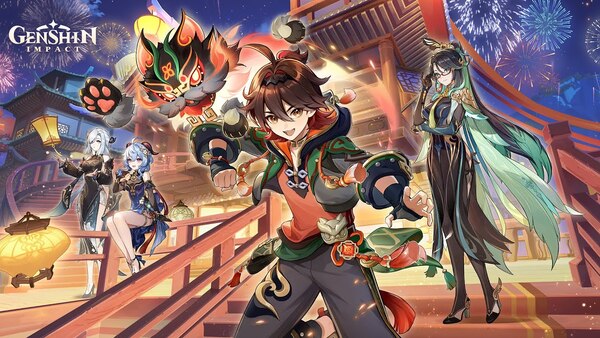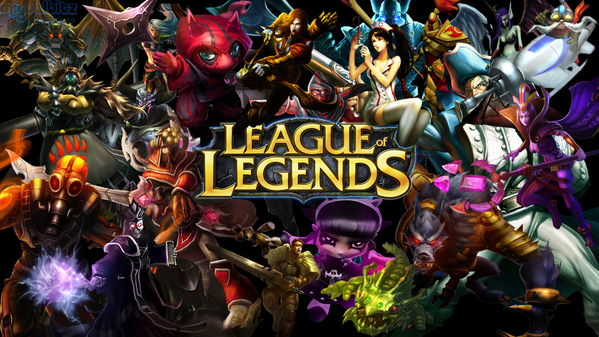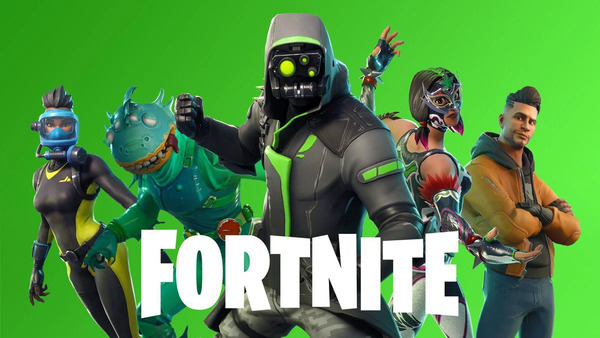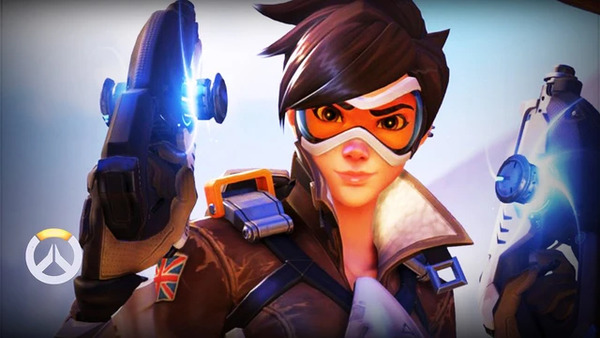Few games have reshaped the landscape of competitive gaming and global pop culture like League of Legends (LoL). Released by Riot Games in 2009, this free-to-play multiplayer online battle arena (MOBA) took inspiration from the Warcraft III mod “Defense of the Ancients” (DotA) and refined it into a full-fledged esport juggernaut. More than a game, League is a universe—complete with champions, lore, music, and even animated series.
This in-depth article explores League of Legends through its history, game mechanics, competitive rise, global impact, and the enduring magic that keeps millions of players engaged over a decade later.
1. From Mod to MOBA Giant: The Birth of League of Legends
When League of Legends launched in 2009, MOBAs were still a niche genre. Riot Games, a then-small studio, envisioned a standalone experience that improved on DotA’s complexities.
Early Days
-
Launched with 40 champions and a single map: Summoner’s Rift
-
Focused on accessibility and faster game times
-
Free-to-play model with monetization through skins and cosmetics
The game’s success was slow but steady. Its tight mechanics, competitive depth, and developer responsiveness earned it a loyal and growing fanbase.
Riot's Smart Approach
Riot understood that a live-service game needed constant iteration, and their emphasis on player feedback helped shape the direction of updates, characters, and balancing.
2. Core Gameplay: Five Players, Three Lanes, One Goal
League of Legends is a 5v5 competitive strategy game where each player controls a unique champion with distinct abilities.
Objective
-
Destroy the enemy team’s Nexus, located in their base
-
Navigate through three lanes: top, mid, and bottom
-
Defeat enemy champions, minions, and towers to gain gold and map control
Roles and Strategy
Players fill one of five roles:
-
Top: Bruisers, tanks, and duelists
-
Mid: Mages and assassins
-
Jungle: Map control, objective securing
-
ADC (Bot): Ranged damage dealers
-
Support: Buffs, heals, and crowd control
Success requires macro (map awareness) and micro (mechanical skill) in equal parts.
3. Champion Diversity and Design Philosophy
League has grown from 40 champions to over 165 unique characters as of 2025.
Champion Design
Each champion features:
-
A passive and four active abilities
-
A unique identity and role
-
Interactions with other champions and lore
Riot’s team of designers ensures each new release fits thematically and mechanically.
Meta Influence
Champions rise and fall in popularity based on balance patches and competitive shifts, keeping the game feeling fresh while challenging players to adapt.
4. Visual and Audio Evolution
League has undergone massive visual and sound overhauls since its early days.
Graphical Improvements
-
Character models have been reworked for clarity and detail
-
Environments are more vibrant and readable
-
Abilities are more distinctive to reduce confusion during team fights
Music and Sound Design
League features:
-
Dynamic in-game music
-
Skin-specific audio effects
-
Original soundtracks and genre-defining anthems like “Warriors” and “Rise”
The audio/visual presentation enhances both competitive play and entertainment value.
5. Skins, Events, and Monetization
League is free to play, but cosmetics and seasonal events are its primary revenue streams.
Skins and Cosmetics
-
Over 1,000 skins available
-
Themed skin lines (Star Guardian, PROJECT, Spirit Blossom)
-
Prestige editions and Ultimate skins with custom animations and voice lines
Events and Passes
-
Battle Passes tied to lore-driven events
-
In-game missions and visual novel storytelling
-
Rotating game modes (e.g., URF, Nexus Blitz)
While optional, cosmetics offer a deep customization layer for dedicated players.
6. Esports and the Competitive Scene
League of Legends is a pillar of modern esports, with a highly structured professional ecosystem.
Global Leagues
-
LCS (North America)
-
LEC (Europe)
-
LCK (Korea)
-
LPL (China)
-
PCS, VCS, CBLOL, and others
Top teams qualify for MSI and the annual World Championship, with multi-million dollar prize pools and millions of viewers.
Player Stardom
Names like Faker, Doublelift, Rookie, and Caps have become esports icons, with millions of fans across Twitch, YouTube, and social media.
7. Lore and Expanded Universe
While gameplay is core, League’s narrative universe has become rich and beloved.
Regions and Factions
Champions hail from places like:
-
Demacia: Honor and order
-
Noxus: Power and conquest
-
Piltover & Zaun: Technology and innovation
-
Ionia, Targon, Shurima, and more
Each region has its history, conflicts, and philosophies that inform champion interactions.
Arcane and Storytelling
The Netflix series Arcane (2021) expanded League’s universe into mainstream media. Its success has led to:
-
Awards for storytelling and animation
-
Renewed interest in lore-based games
-
A broader non-gaming audience
8. Community, Content Creation, and Riot’s Response
League’s community is massive but complex—full of creativity, passion, and sometimes toxicity.
Content Creation
-
Twitch and YouTube are flooded with gameplay, memes, and educational videos
-
Popular creators: Tyler1, LS, Thebausffs, and IWillDominate
-
Riot supports creators with partnerships and custom tools
Addressing Toxicity
-
Honor system rewards good behavior
-
Chat bans, leaver penalties, and report features
-
Riot’s ongoing campaign for better player communication
League’s community mirrors its size: large, passionate, and occasionally volatile.
9. Learning Curve, Accessibility, and Systems
League of Legends is notoriously difficult to master, which can be both a strength and a weakness.
Challenges for New Players
-
Complex roles and hundreds of champion matchups
-
Steep strategic learning curve
-
Toxic behavior in low-rank games can discourage new players
Improvements by Riot
-
In-game tutorials and champion guides
-
Role-based matchmaking
-
Champion Mastery and Ranked tiers (Iron to Challenger)
New players now have more tools than ever to understand the game, but commitment is essential.
10. The Future of League of Legends
League of Legends is evolving into a multi-platform franchise.
Upcoming Projects
-
Project L: A League-based fighting game
-
The Mageseeker, Ruined King: Single-player RPGs
-
More Arcane seasons
-
League on mobile (Wild Rift) continues to grow in popularity
Sustainability and Support
Riot is investing in:
-
More champion diversity and regional storytelling
-
AI moderation tools
-
Deep lore expansions and accessibility enhancements
League isn’t slowing down—it’s expanding, maturing, and adapting for another decade of dominance.













